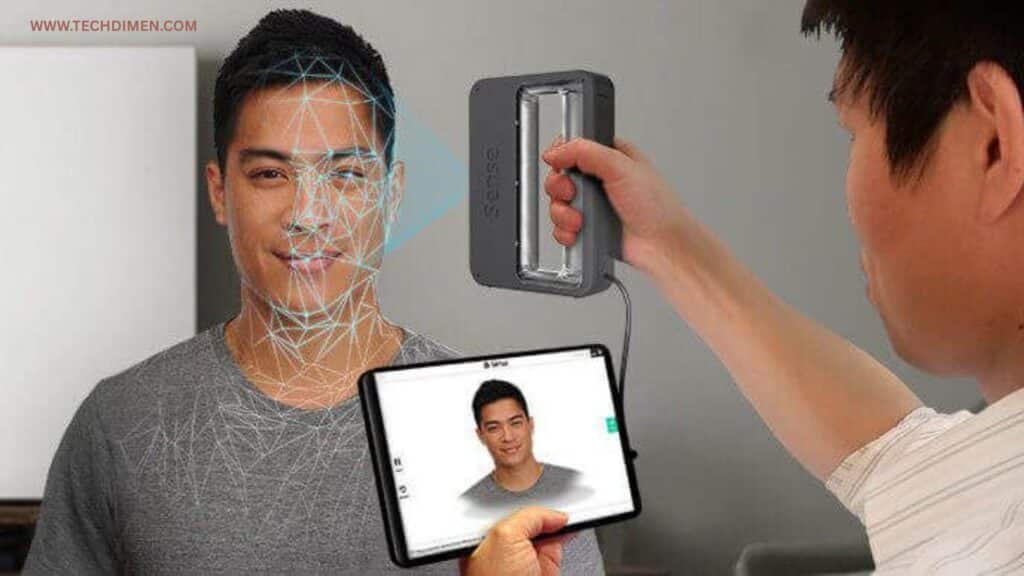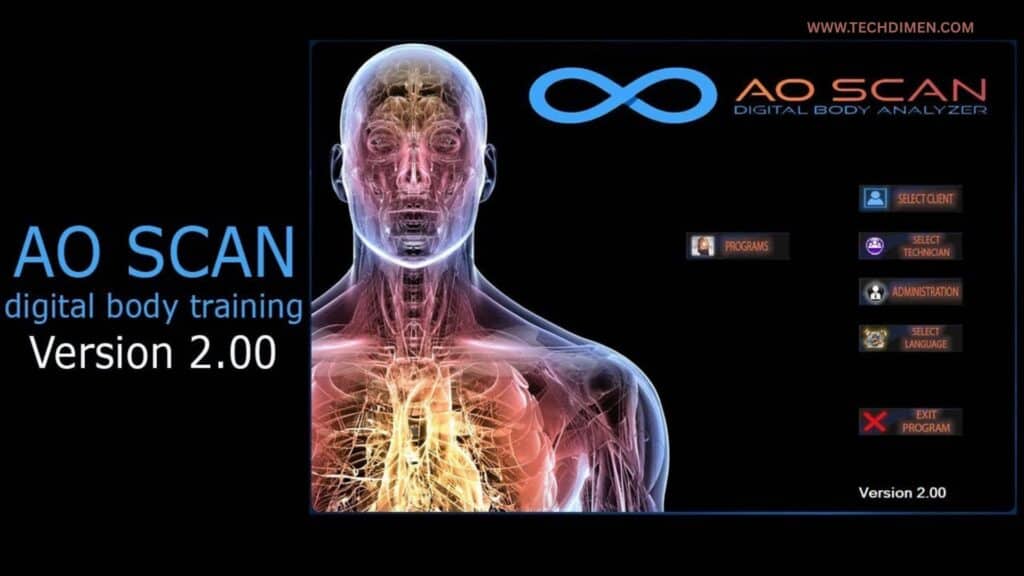In the high-stakes world of medical diagnostics, precision and speed are everything. AO Scan Technology is reshaping this landscape, offering a breakthrough in how healthcare professionals visualize and diagnose a wide range of conditions. This cutting-edge imaging technique, which evolved from astronomy’s adaptive optics, delivers exceptional clarity and real-time results. As this technology gains ground in fields like ophthalmology and cardiology, it’s not just improving diagnostics it’s transforming patient care.
What Is AO Scan Technology?
AO Scan Technology, short for Adaptive Optics Scan, refers to a sophisticated method of real-time image enhancement. Originally developed to counteract the effects of atmospheric distortion in telescopes, adaptive optics has transitioned into medicine, where it plays a vital role in refining the quality of diagnostic scans. It works by dynamically correcting optical distortions caused by irregularities in tissue or scanning instruments. These corrections enhance image sharpness and allow clinicians to examine anatomical details that were once out of reach.
How AO Scan Works

The science behind AO Scan relies on a feedback system that detects and corrects distortions almost instantly. It begins when a light beam is projected into the body commonly into the eye. As the light returns, sensors measure any wave front distortions. These distortions, typically caused by tissue irregularities or equipment flaws, are then analyzed. A deformable mirror within the device reshapes itself to counteract the detected errors. This mirror adjusts at astonishing speeds, often thousands of times per second. The result is an image that’s reconstructed in real time, with remarkable clarity and detail.
Why AO Scan Outperforms Traditional Imaging
Traditional imaging tools often fall short when it comes to resolution and speed. Images can be blurry due to distortion, and processing times can stretch from seconds to minutes. In contrast, AO Scan offers ultra-high resolution and nearly instantaneous image reconstruction. It provides a non-invasive experience, which significantly improves patient comfort. Most importantly, its diagnostic accuracy allows healthcare providers to detect even the subtlest pathological changes, which can be crucial for early intervention.
The Evolution of AO Scan in Medicine
Although adaptive optics first made its mark in astronomy, its medical journey began in the early 2000s. Initially used for retinal imaging, the technology has since expanded into cardiology, neurology, and other medical disciplines. As computing power and machine learning algorithms advanced, the technology evolved from a laboratory tool into a clinical asset. Hospitals and research centers worldwide now rely on AO Scan devices to improve diagnostic precision and accelerate treatment decisions.
How AO Scan Benefits Patients and Clinicians
Speed is one of the standout features of AO Scan technology. In emergency departments and busy clinics, the ability to obtain high-resolution images in real time means clinicians can make decisions faster. This efficiency reduces appointment durations and enables quicker interventions, which is particularly crucial in acute cases like cardiac events.
In terms of image quality, AO Scan surpasses conventional imaging methods. For example, in ophthalmology, it allows specialists to view retinal cells and nerve fibers with incredible clarity. This capability enhances the early detection of conditions such as glaucoma and macular degeneration.
Patients benefit not only from the technology’s accuracy but also from its comfort. Since the scan doesn’t involve radiation or contrast agents, it’s safer and more pleasant. This non-invasive approach encourages more frequent monitoring, especially for individuals managing chronic illnesses.
From a financial perspective, the initial investment in AO Scan devices may seem high, but the long-term savings are substantial. Clinics report reduced reliance on invasive tests, fewer misdiagnoses, and higher patient throughput. In many cases, diagnostic time and costs have dropped by as much as 30 percent following the adoption of AO technology.
Real-World Applications Across Medical Fields
Ophthalmology remains the most mature field for AO Scan applications. The ability to image individual photoreceptor cells, capillaries, and nerve fibers helps ophthalmologists detect diseases much earlier and track their progression more accurately. In cases of diabetic retinopathy, for example, clinicians can tailor treatments with unmatched precision.
Cardiology has also embraced adaptive optics to visualize microvascular structures and assess tissue integrity. This is especially valuable for identifying early-stage heart disease and evaluating therapeutic outcomes, all without the need for invasive procedures.
In neurology, although still in its early stages, AO Scan is beginning to assist in monitoring neurovascular structures. This application holds promise for tracking conditions like Alzheimer’s and assessing stroke risk.
Dentists and maxillofacial surgeons are using advanced optical scanning to build detailed 3D models for implants, crowns, and orthodontic treatments. These precise models reduce procedural errors and improve overall treatment quality.
Researchers are also testing AO Scan in oncology and dermatology. Early results show promise in identifying tumor boundaries and non-invasively diagnosing skin cancers. As the technology becomes more versatile, its impact will stretch far beyond the fields where it began.
Innovations Driving the Future of AO Scan

One of the most exciting developments is the integration of artificial intelligence with AO Scan technology. AI enhances imaging by analyzing data patterns, flagging anomalies, and even predicting potential diagnoses. These advancements reduce human error and speed up interpretation, which is vital in fast-paced clinical settings.
The development of portable AO Scan devices is another transformative step. As these tools shrink in size and cost, they’re becoming accessible in smaller clinics and remote locations. This portability allows for remote diagnostics and expands access to high-quality care in underserved regions.
Faster data processing is also improving the scanning experience. New algorithms and powerful processors enable real-time 3D image reconstruction, which translates into smoother clinical workflows and more satisfied patients.
Regulatory agencies like the FDA and the European Medicines Agency have begun to establish guidelines for adaptive optics devices, promoting safety and encouraging widespread adoption. These standards are essential to building trust and consistency across healthcare systems.
Market Growth and Search Trends
AO Scan technology is drawing increasing interest from both healthcare professionals and the general public. According to search trends, queries related to adaptive optics in medicine have increased by more than 250 percent in the past five years. Interest is especially strong in the United States, Japan, and across Europe. Common searches include comparisons between AO Scan and traditional imaging, patient benefits, and portable diagnostic solutions.
Several companies lead the development of AO Scan devices. In ophthalmology, firms like OptiMedTech are producing systems such as the AO RetinaScan Pro. CardioVision Tech is pioneering adaptive optics for cardiac use, while NeuroScan Systems focuses on neurological applications.
For clinics looking to capitalize on this growing interest, online visibility is key. Developing content that highlights the benefits of AO Scan technology and shares patient experiences can boost engagement. Clinics should also focus on optimizing local SEO and publishing educational material that explains how AO Scan works in clear, relatable language.
Final Thoughts
AO Scan Technology is no longer a niche innovation it’s becoming a cornerstone of modern medical imaging. Its unmatched precision, rapid scanning capabilities, and non-invasive design make it a powerful tool for improving diagnoses and enhancing patient outcomes. With ongoing advancements in AI and portable systems, AO Scan is poised to become even more essential in the coming years.
Healthcare providers that embrace this technology will not only elevate the quality of care they offer but also streamline their workflows and reduce costs. In an era that demands faster, smarter, and more accurate medicine, AO Scan Technology delivers on all fronts.

Jhon AJS is a tech enthusiast and author at Tech Dimen, where he explores the latest trends in technology and TV dimensions. With a passion for simplifying complex topics, Jhon aims to make tech accessible and engaging for readers of all levels.







